The severe planet: What colour is Jupiter?
18th May 2023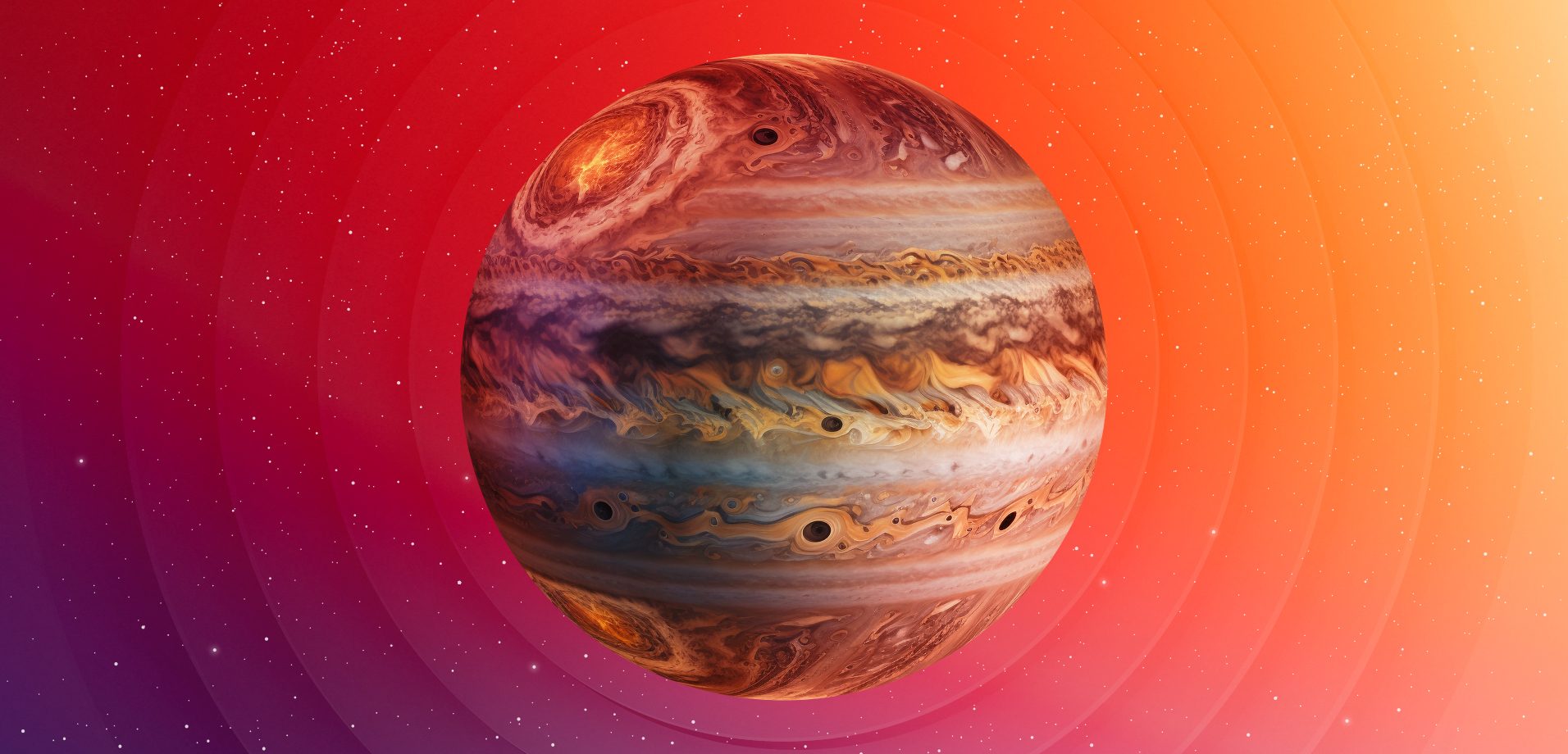
We have already touched on the topic of Jupiter, the largest planet in the solar system, and this time, we will talk about Jupiter’s colours. Why is it interesting?
When viewed from Earth with the naked eye, Jupiter appears as white as a bright star. But as soon as you take a good telescope, the gas giant turns into a striped multicoloured sphere with many shades of the warm spectrum. Why is this happening, and what colour is Jupiter really? Let’s find out.
What affects the colour of Jupiter
The answer lies in the features of the planet’s atmosphere. It is mainly composed of helium and hydrogen and is divided into three layers:
- Outer layer. Hydrogen.
- Middle layer. Hydrogen and helium.
- Lower layer. Hydrogen, helium, as well as impurities of various chemical compounds.
The presence of hydrogen sulphide, methane, phosphine, nitrogen, and sulphur in the lower layer contributes to the formation of three cloud layers. At the top, there are clouds of ammonia in an icy state; below are clouds containing crystals of ammonium, and at the very bottom is water ice. Further, the planet loses transparency, but it still does not have a clear boundary between the atmosphere and the ocean of liquid hydrogen.
NASA was able to obtain data on the chemical composition of Jupiter’s atmosphere in December 1995 using the Galileo spacecraft lowered into the upper layers. The probe also took a picture that clearly shows what Jupiter looks like.
The giant sphere is surrounded by light and dark stripes of white, yellow, orange, brown, and red shades, running parallel to the equator. The stripes are air currents that carry heat from below into the outer layers of the atmosphere in the form of dark and light zones. In light areas, the pressure is higher, and the temperature is lower than in dark areas. These conditions lead to winds, zonal currents, and storms that make the stripes unstable, so, many vortex structures are formed at the boundaries of belts and zones, affecting Jupiter’s colours.
How different colours of Jupiter are created?
Different colours of Jupiter are formed by reflecting sunlight on different atmospheric chemicals. Since, in addition to hydrogen and helium, there are other compounds in its atmosphere, and the process of heat transfer creates the most powerful movements of air currents on the planet, particles of sulphur, hydrocarbons, and phosphorus move from the core to the upper layers, forming clouds of different colours.
It is likely that the higher clouds are light in colour due to the concentration of bright white ammonia crystals and water ice particles. And clouds of yellow, orange, red, and brown colour in the lower layers are obtained due to red-brown particles of ammonium hydrogen sulfate, phosphorus, and sulphur compounds. White clouds are associated with cold storms, brown and orange ones — with warm ones, and red clouds — with the hottest storms.
Why are there red spots on Jupiter?
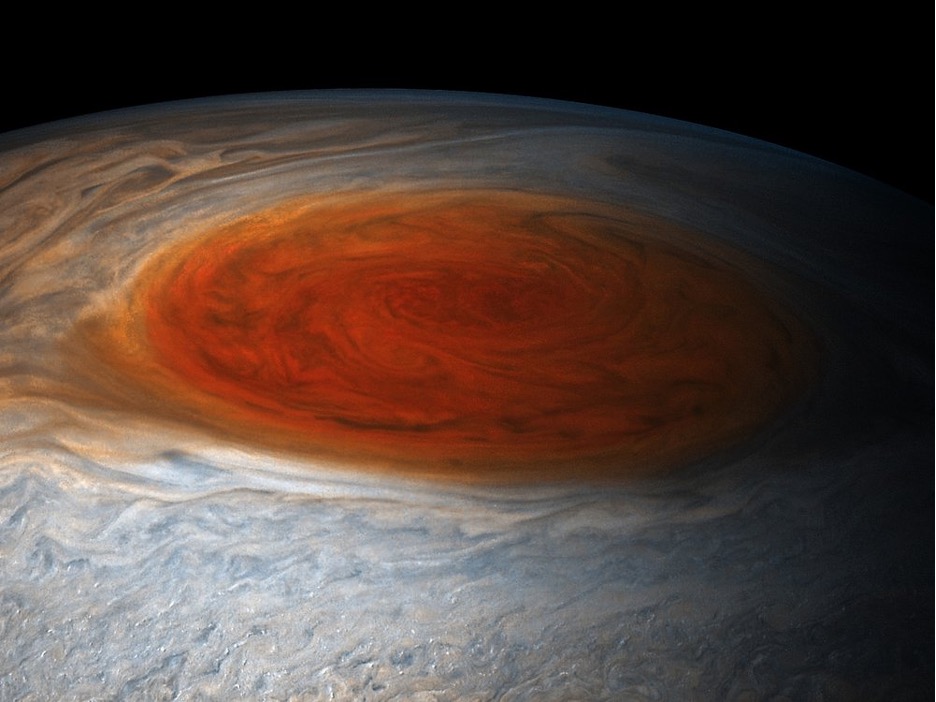
One example of a hot red storm is the Great Red Spot, which has existed on Jupiter for over 300 years. Here are some interesting facts about this powerful anticyclone:
- was first discovered in 1665 by the Italian astronomer Giovanni Cassini;
- the initial size of the hurricane was approximately 40,000 km long and 13,000 wide;
- over the past 100 years, the spot size has diminished by half;
- the wind speed inside the vortex exceeds 500 km/h;
- moves parallel to the equator, and the gas inside it moves counterclockwise;
- the huge spot can be seen even from Earth using a telescope of medium parameters;
- color of Jupiter in the spot place is unstable and constantly changing;
- in 1974, the existence of the spot was confirmed by NASA’s Pioneer 10 spacecraft flying by;
- clear images of the spot were obtained from subsequent spacecraft missions: Galileo, Voyager 1 & 2, Cassini, New Horizons.
Naturally, due to the fact that gas flows on the planet are constantly moving, the size of the red storm will continue to change, as well as its colour, but it is impossible to predict when and with what intensity.
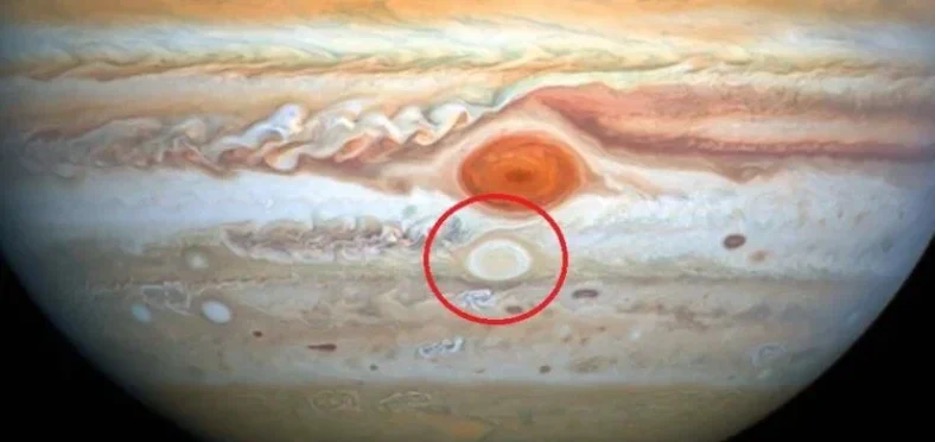
Interestingly, a couple of decades ago, scientists discovered another storm in the Southern Hemisphere of Jupiter, resembling the shape of the Great Red Spot but smaller (about 8000 km). The phenomenon was called the White Oval BA. The spot has a reddish tint, but not as pronounced as the Great Red Spot. Oval BA is thought to have formed from three separate hurricanes that merged in 2000. Scientists believe that the Great Red Spot was formed as a result of a similar process.
Jupiter’s False Colors
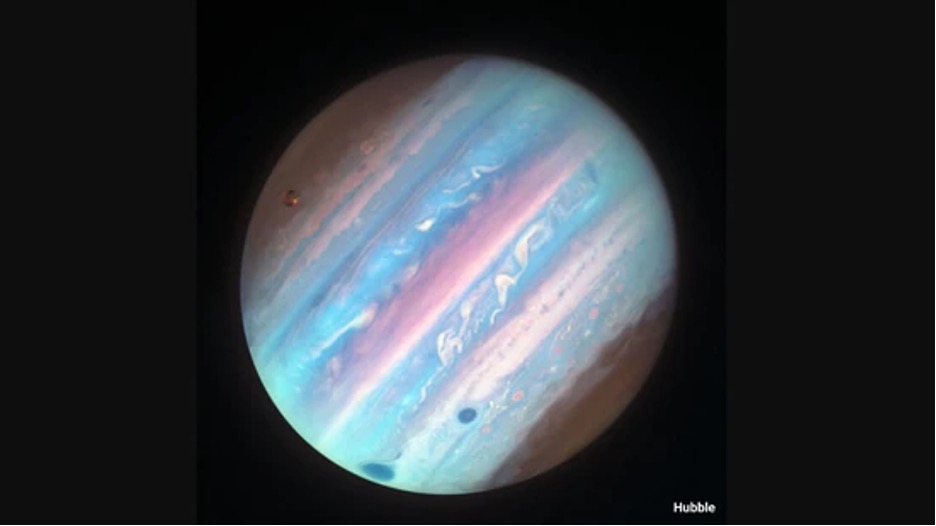
On the Internet, it is easy to find several images of Jupiter, the colour scheme of which may surprise you and make you ask: Is Jupiter blue? Of course, not. It is a false colour. On January 11, 2017, scientists conducted research at different wavelengths and received images covering a wide range of the electromagnetic spectrum. The visible and ultraviolet images were taken by the Hubble Space Telescope using the Wide Field Camera 3, and the infrared image was taken at the Gemini Observatory in Hawaii with the Near-InfraRed Imager.
The visible light image shows the colour of the planet Jupiter as we can see it through a telescope. And images in infrared and ultraviolet light display the planet in artificial or false colours. The false colour associated with Jupiter is needed to discover something new. So, the image in the visible range showed only some elements of the surface of Jupiter’s atmosphere but did not give any detailed data. Whereas the ultraviolet image suggested the height and distribution of chemical particles in the atmosphere, the infrared image provided more accurate information about the cloud thickness.
Also, Jupiter’s colours were seen differently at different wavelengths in the Great Red Spot area — the dark area in the infrared image turned out to be larger than in the visible image.
What is Jupiter’s real colour?
Probably the one we see through a telescope. The planet is surrounded by white, yellow-orange, reddish, and brown stripes of different sizes, which do not have strict, even boundaries. The light from particles that we cannot clearly see appears to us in shades of grey.
In fact, Jupiter’s colours reflect its character. The gas giant looks stern and expressive, but it is to this “severity” that we owe our security. Jupiter protects the Earth from numerous asteroids, attracting them to itself with its powerful gravity. To a certain extent, it can be considered that Jupiter sacrifices itself so that our planet remains as beautiful as it is now. Surprised? Stay with Orbital Today, and you will learn many other interesting and exciting things.
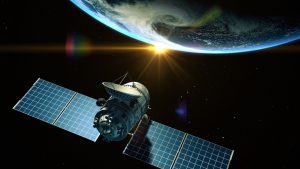
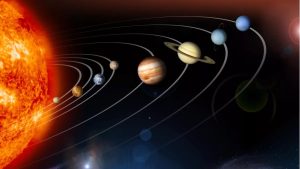



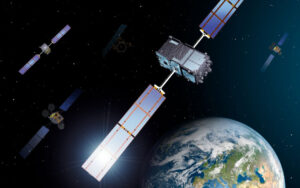
Thank you for your comment! It will be visible on the site after moderation.